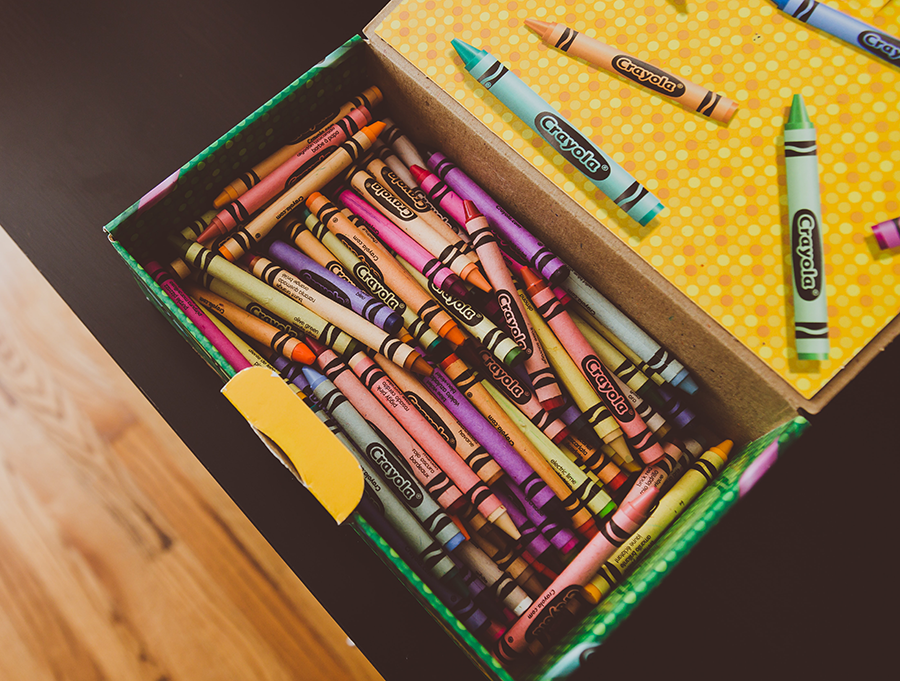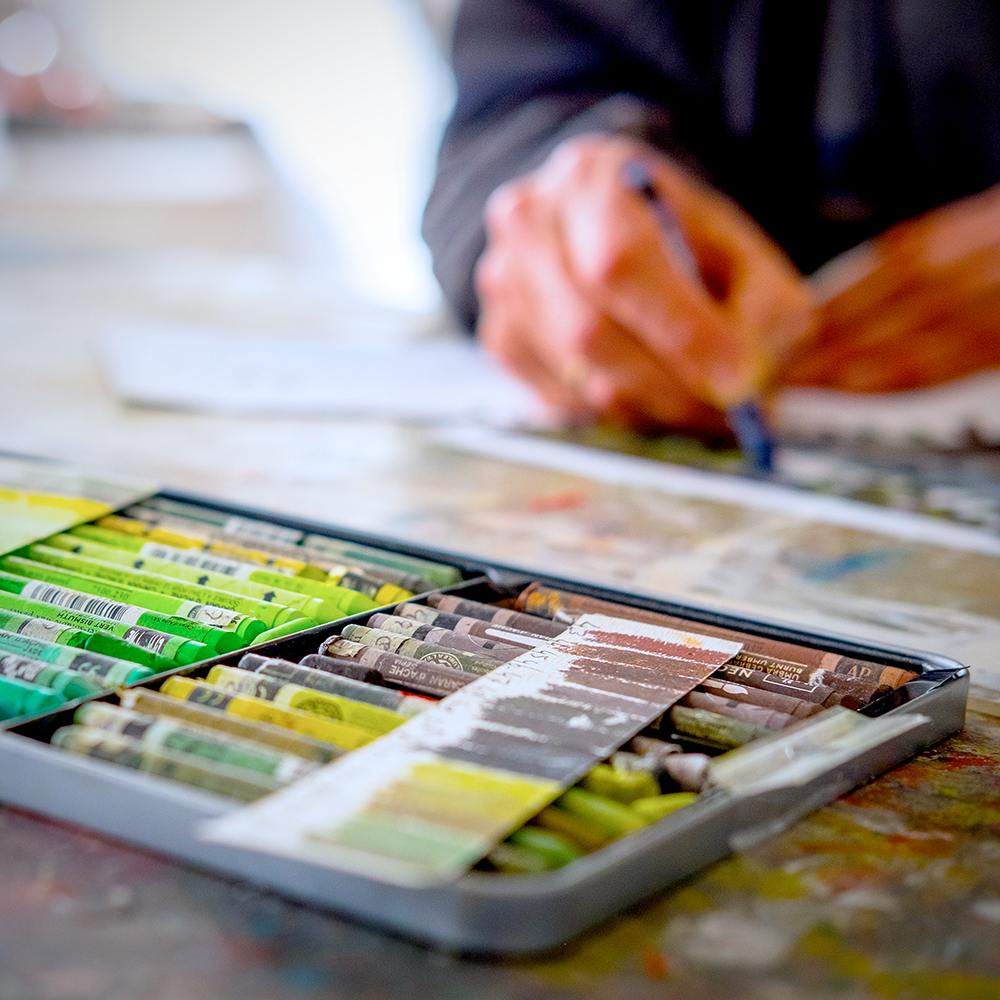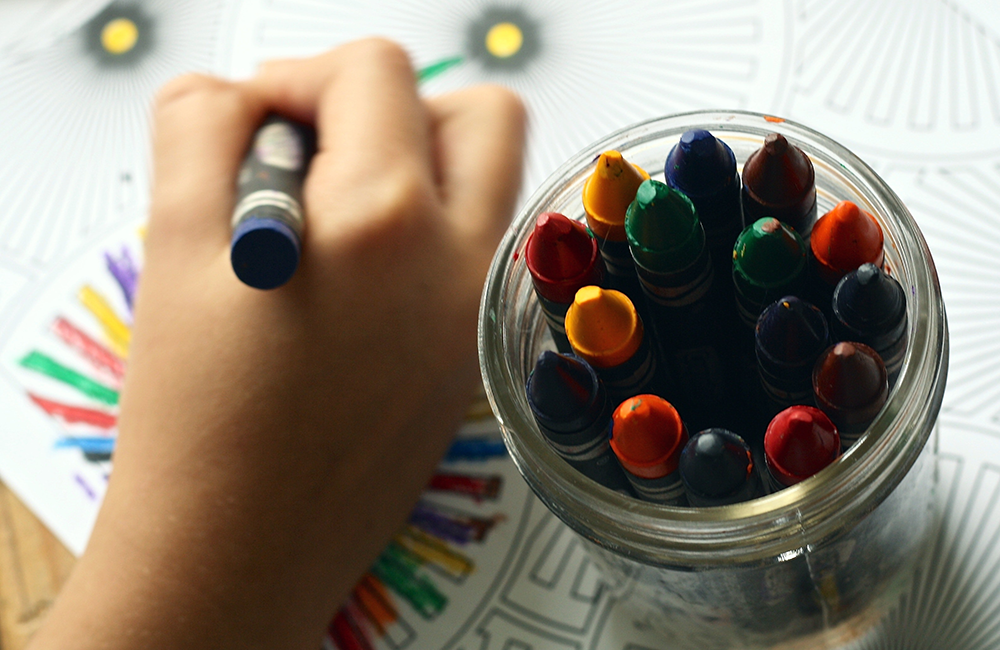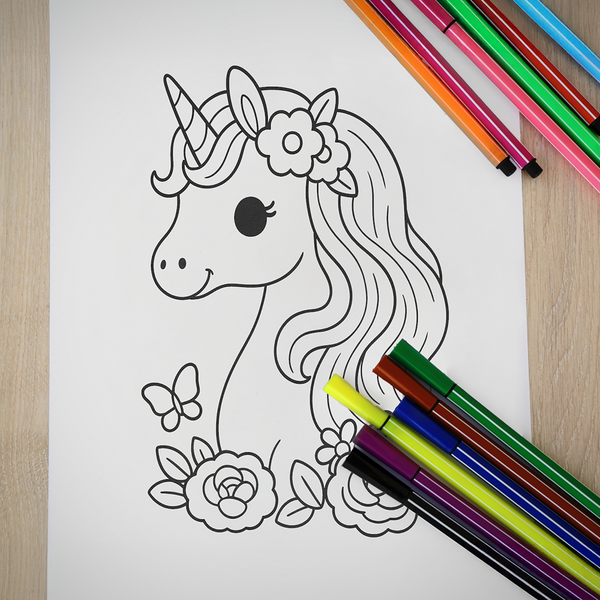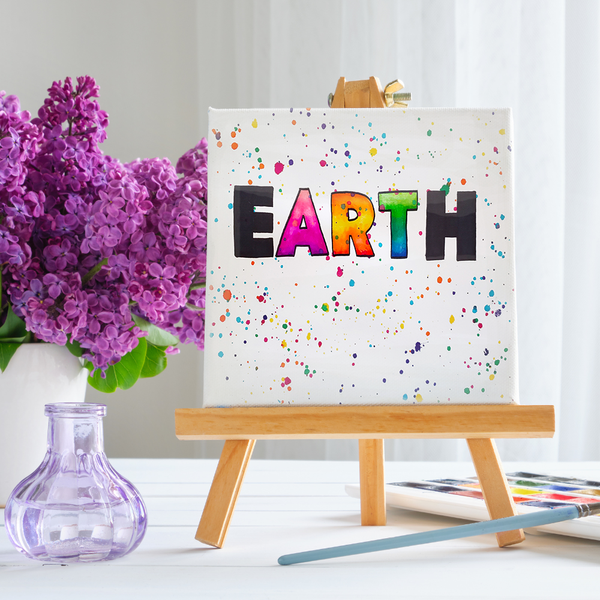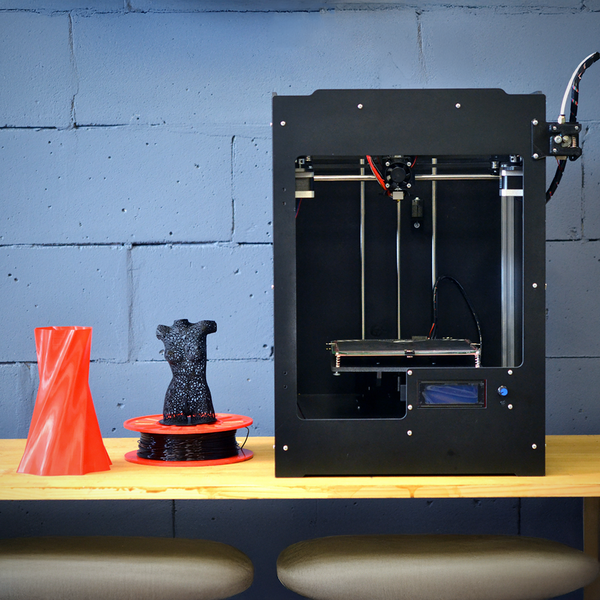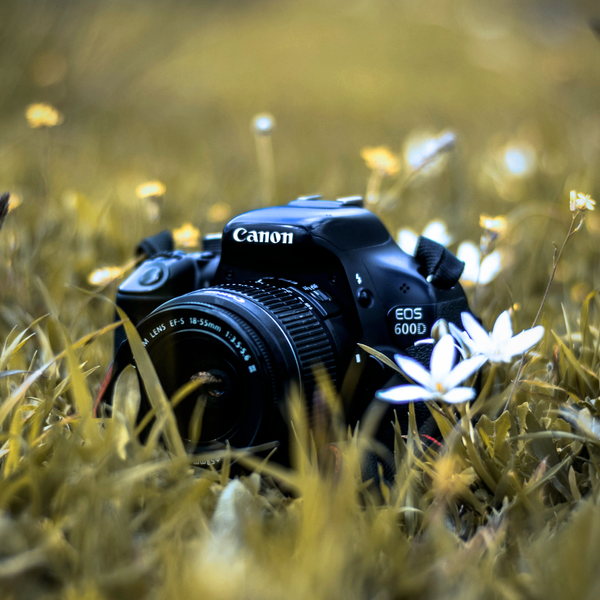Imagine a world without the rainbow scribbles of childhood, the waxy masterpieces stuck to fridge doors, or the simple joy of a fresh crayon gliding across paper.
Crayons, those humble icons of creativity, have sparked countless artistic journeys, yet their own origin story remains a mystery to many.
What alchemy transforms basic ingredients into these cherished tools of expression?
In this enlightening exploration, we're peeling back the paper wrapper to reveal the two fundamental ingredients that give crayons their charm: the versatile paraffin wax and the vivid color pigments.
Join us as we uncover the core components that make a crayon more than just a stick of color, but a key to unlock the boundless realms of imagination.
Key Takeaways:
- The two main ingredients to make a crayon are paraffin wax and color pigments.
- Crayola crayons, a household name, utilize these basic ingredients to produce their iconic crayon colors.
- Understanding the crayon-making process can help consumers make informed choices, especially when purchasing for small children.
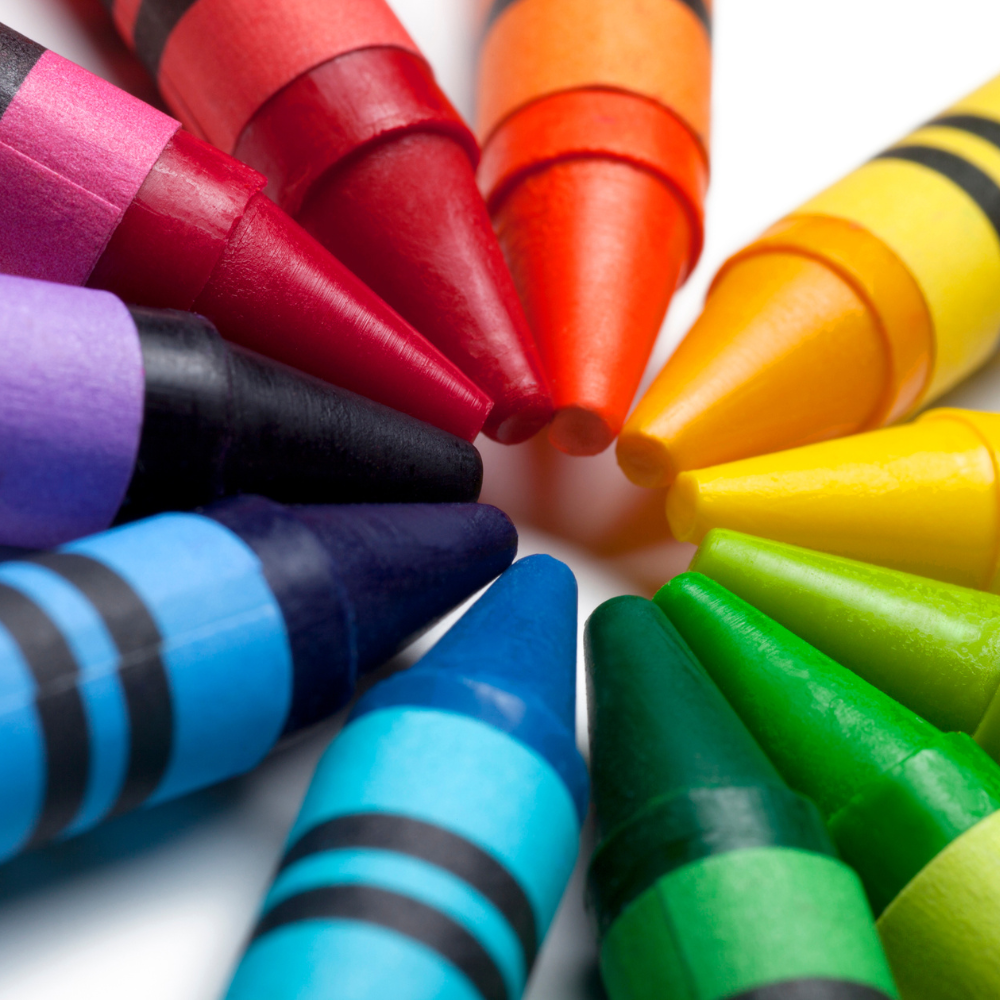
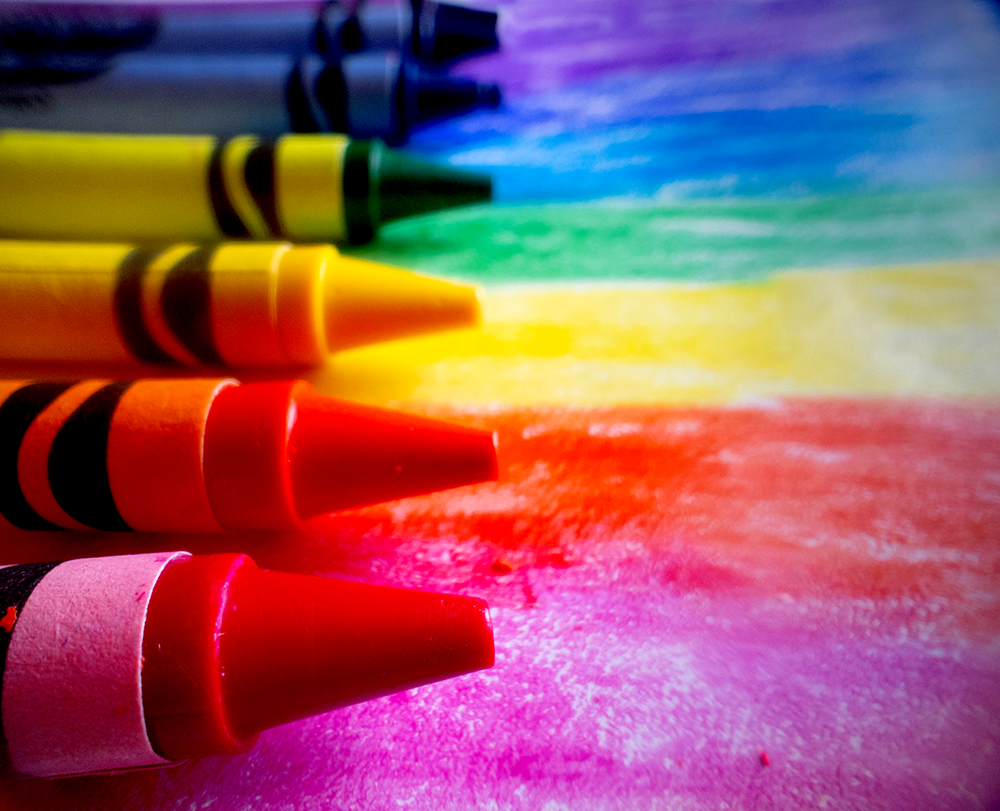
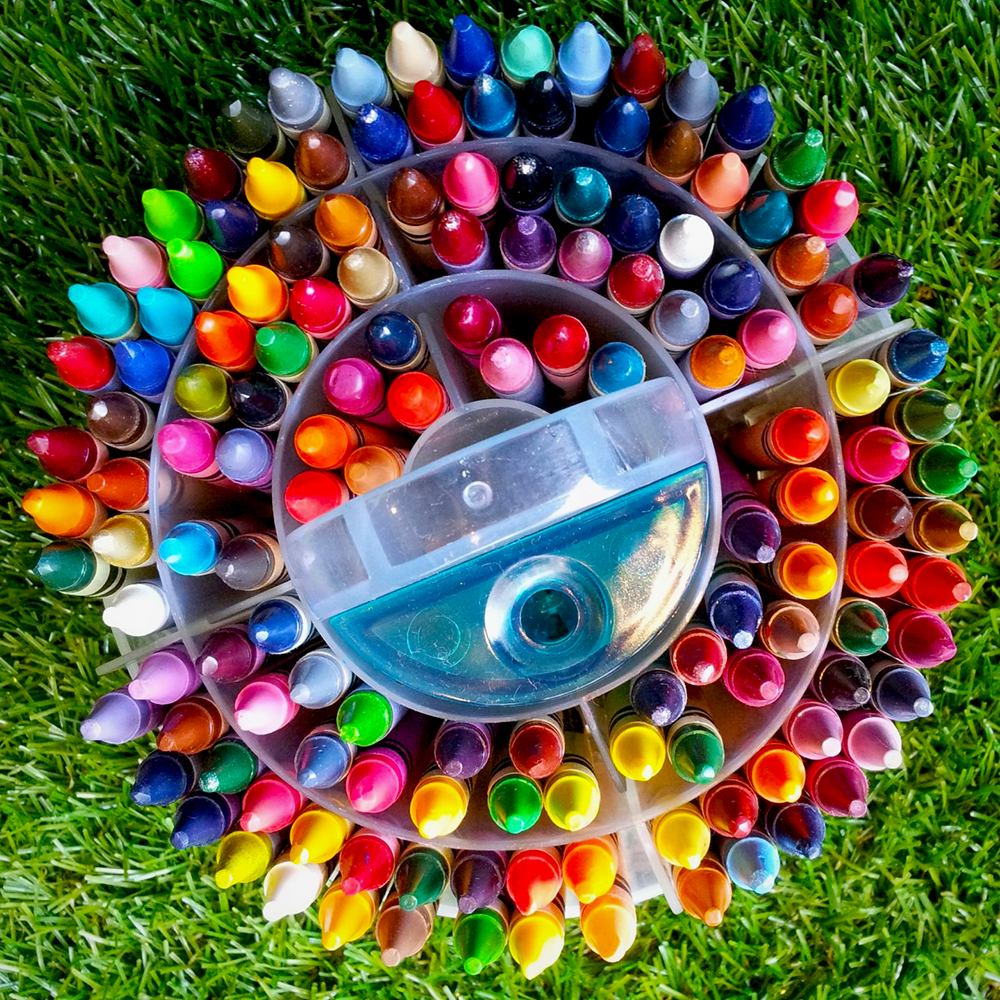
The Foundation of Crayons: Paraffin Wax
Paraffin wax is a white or colorless soft solid derived from petroleum, coal, or oil shale.
It's the backbone of crayon production, providing the structure and form that allows crayons to be molded into various sizes and shapes.
When heated, paraffin wax becomes a liquid, and upon cooling, it solidifies, retaining the shape of the mold it was poured into.
This characteristic makes it an ideal material for crayon manufacturing.
The choice of paraffin wax is not arbitrary.
Its melting point is high enough to prevent crayons from melting in warm environments yet low enough to ensure that the crayon can easily transfer color to paper when rubbed.
This balance is crucial for the functionality of crayons, especially when used by small children who may not be able to apply a lot of pressure while drawing.
The Symphony of Color: Color Pigments
The second indispensable ingredient in crayon creation is color pigments.
These fine powder substances provide the hues that turn plain wax into colored wax.
Pigments come from a variety of sources, including mineral pigments, which are often used for their vibrant and long-lasting colors, and organic pigments derived from animal or plant sources.
Crayola crayon colors are known for their wide range and consistency, which is achieved through the careful selection and blending of these pigments.
The powdered pigment is mixed with the hot wax and thoroughly combined until the color is uniform.
This mixture is then poured into crayon molds to cool and take shape.
Crayon Factory: A Melting Pot of Innovation
At the crayon factory, the process of combining paraffin wax and color pigments is a carefully controlled procedure.
The wax is first heated until it is completely melted, ensuring that it can be mixed effectively with the powdered pigments.
This liquid mixture is then poured into pre-measured amounts in crayon molds.
The molds used in crayon factories are designed to produce crayons in various sizes and shapes, from the standard stick to special effects crayons that might include glitter or multiple colors in one crayon.
Once the mixture has cooled and solidified, the crayons are ejected from the molds and subjected to quality control checks to ensure they meet the brand's standards.
Role of Beeswax and Soy Wax in Crayon Making
While paraffin wax is the most common base for crayons, other waxes like beeswax and soy wax are also used, particularly in eco-friendly or non-toxic crayon products.
Beeswax crayons are popular at local health food stores, offering a natural alternative that is safe for small children.
Soy wax, derived from soybean oil, is another renewable resource that is used to make crayons, often marketed as a sustainable choice for environmentally conscious consumers.
These alternative waxes have different properties than paraffin wax.
For instance, beeswax has a higher melting point and a naturally sweet aroma, while soy wax is softer and may produce a different drawing experience.
However, both can be combined with color pigments to create a wide range of crayon colors.
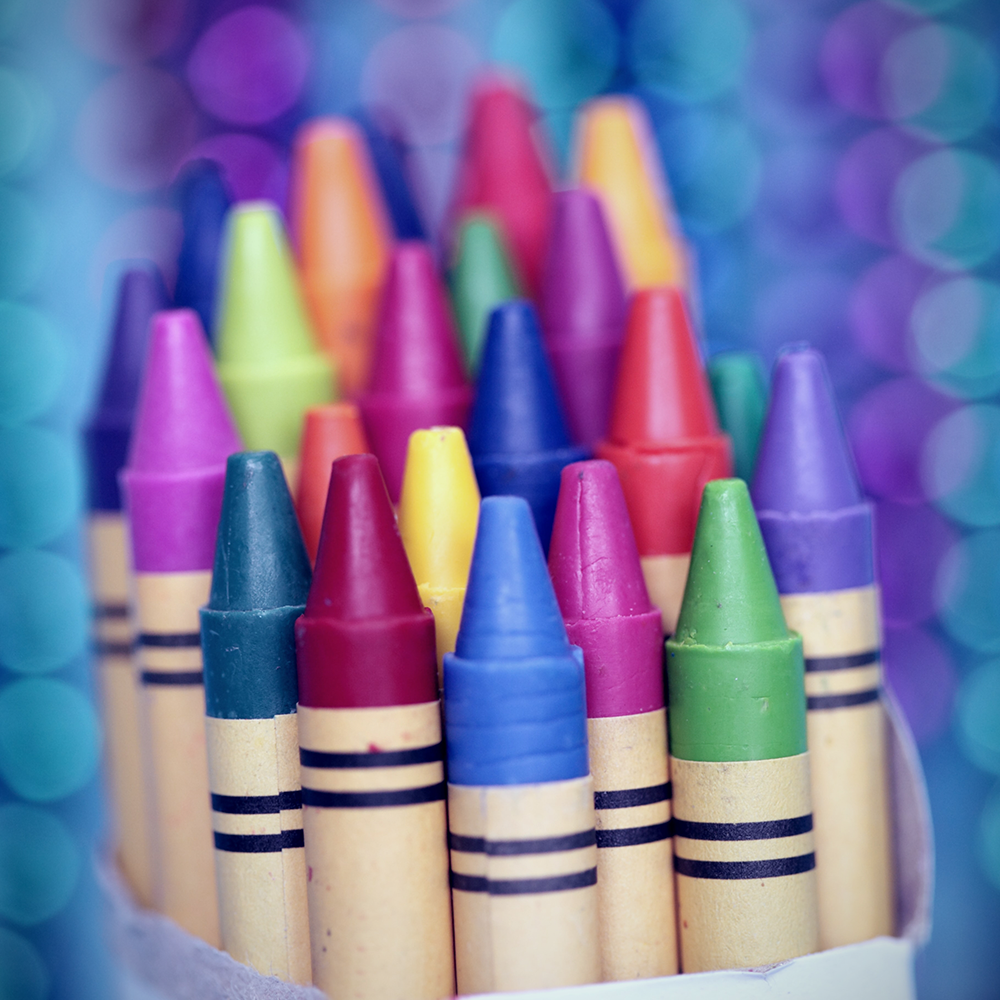
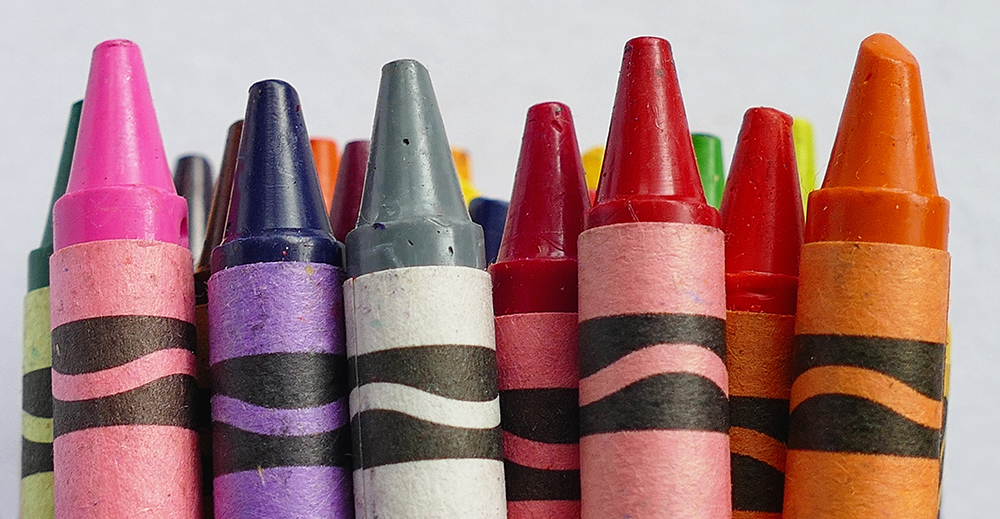

Unsung Heroes: Additives and Modifiers
The production of crayons isn't just about the basic ingredients contained within; it's also about the unsung heroes that play a pivotal role in the final product's quality and usability.
Additives and modifiers are essential in ensuring that crayons are non-toxic, easy to use, and have a consistent texture.
These substances can range from strength enhancers to ensure the crayon doesn't break easily when pressure is applied, to emulsifiers that help in the even distribution of color pigments throughout the crayon.
Moreover, some crayons may include ingredients like cocoa powder, not for scent or flavor, but for its natural brown pigment and blending properties.
This is particularly important when creating crayons that mimic natural colors and tones.
The use of food-grade additives is also a testament to the safety standards adhered to in crayon production, ensuring that the products are safe for children who may inadvertently ingest small amounts.
These additives are measured in pre-measured amounts to maintain consistency and quality across batches, contributing to the great success of crayon brands since Edwin Binney's wife first inspired the creation of a child-friendly drawing tool.
Lifecycle of a Crayon: From Creation to Rebirth
Crayons begin their lifecycle as a mixture of paraffin wax and color pigments, but their journey doesn't end when they become too stubby to hold.
Rejected crayons, those that don't meet the quality standards during production, and those that have been worn down to nubs by little artists, can find new life through recycling programs.
These programs collect, melt down, and reform the wax into new crayons, ensuring that the effort and resources that went into their production are not wasted.
This process not only supports environmental sustainability but also provides an opportunity for education about recycling and resource conservation.
The rebirth of rejected crayons also opens up avenues for innovation.
For instance, some companies have started to explore the use of other materials like soy wax, beeswax, or even leftover candles and markers to create new crayon products.
These initiatives often result in unique textures and colors, expanding the possibilities for artistic expression.
The concept of 'upcycling' crayons has gained traction, turning what was once considered waste into valuable educational tools and art supplies.
This cycle of creation and recreation embodies the evolving nature of crayon production, where every end is a potential new beginning.
Alchemy of Crayon Creation: From Chalk to Charcoal
The journey of crayon creation is a fascinating alchemy that transforms basic materials into the vibrant sticks of color we know and love.
Unlike the rudimentary chalk, which is primarily composed of calcium carbonate, crayons are a blend of color pigment and paraffin wax.
This combination allows for a smoother application than the drag of chalk on a rough surface.
The transition from the dusty trails of chalk to the sleek glide of a crayon is a testament to the evolution of art materials.
Crayons, unlike charcoal which is used for deep, rich blacks in drawing, offer a rainbow of hues for artists to choose from.
In the realm of art supplies, crayons hold their own with their unique ability to rub onto a surface without the mess associated with charcoal or the precision required by a pen.
The color pigment used in crayons is similar to what is found in cosmetics, providing a range of shades that are both vivid and non-toxic.
This ensures that the crayons are safe for children to use, allowing them to draw and paint without risk.
The pre-measured amounts of pigment and wax result in consistent color and quality, making crayons a reliable tool for both novice and seasoned creators.
Intersection of Art and Science: Crayons in the Classroom
Crayons serve as a bridge between the worlds of art and science, especially within the educational sphere.
When children reach for a box of crayons, they are not just preparing to draw; they are engaging in a hands-on exploration of color theory and chemistry.
The non-toxic nature of crayons makes them an ideal choice for classroom settings, where safety is paramount.
Moreover, the use of food-grade color pigments ensures that even if a crayon ends up in a curious mouth, the consequences are not dire.
The science behind crayons can be a captivating subject for students.
Educators can use the composition of crayons—how the two main ingredients, color pigment and paraffin wax, are combined in pre-measured amounts—to illustrate basic principles of physical science.
For instance, the melting and solidification of wax can demonstrate states of matter and phase changes.
Additionally, the blending of different dyes to create new colors can serve as a practical lesson in optics and the visible spectrum.
Crayons, therefore, are not just tools for art, but also for education, making them a staple in every school's box of teaching stuff.

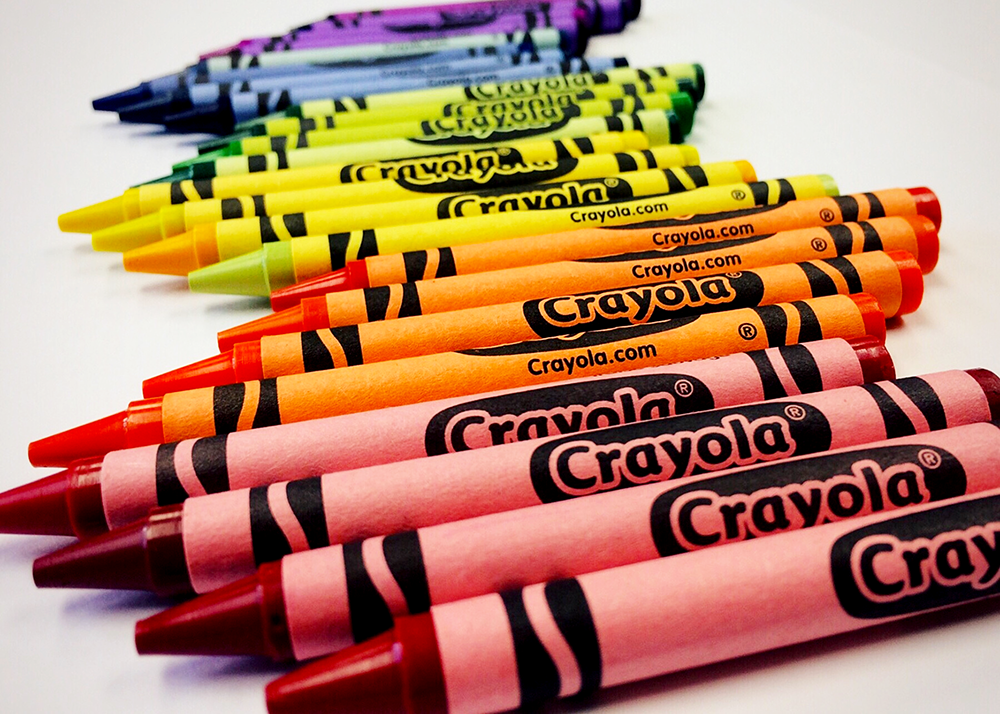
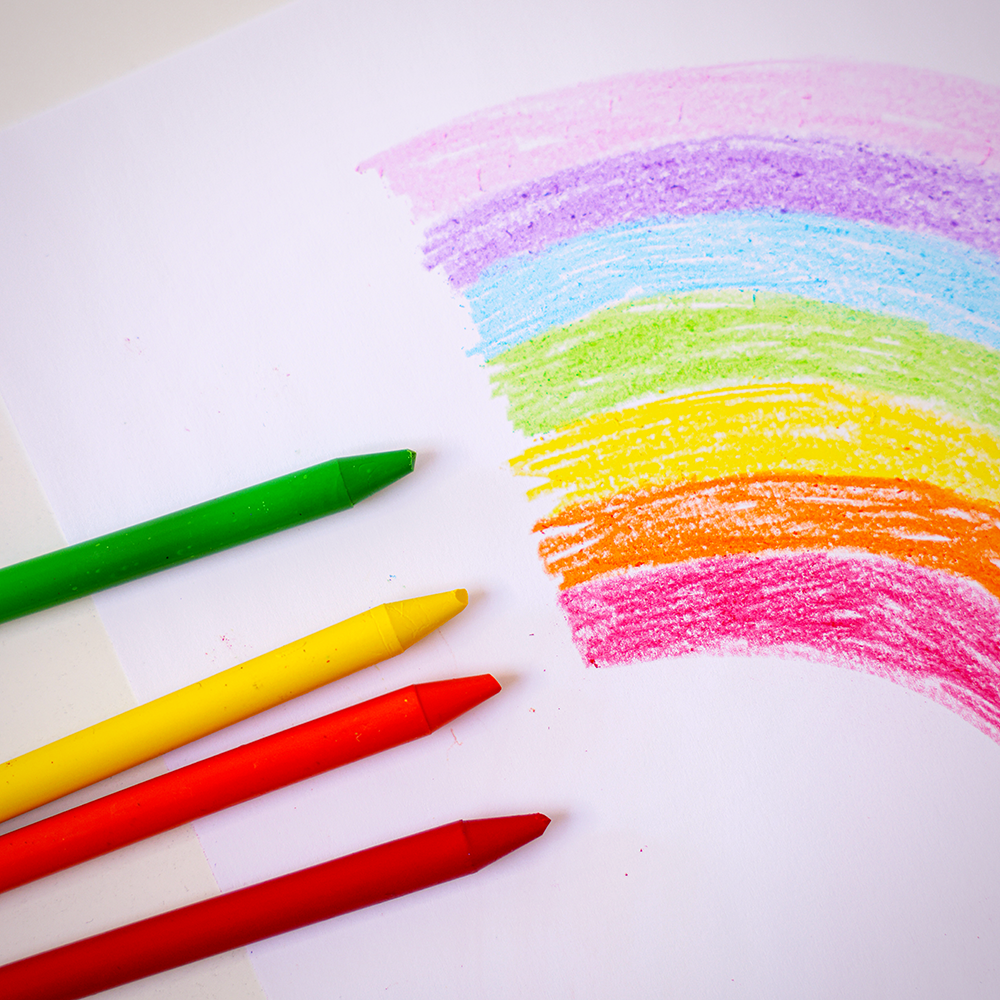
Evolution of Crayon Ingredients
The history of crayons is as colorful as the products themselves.
Edwin Binney's wife is credited with coining the term "Crayola," which has become synonymous with crayons.
The original Crayola crayons were a mix of paraffin wax and nontoxic pigments, allowing children to color safely.
This basic formula has remained largely unchanged, though the variety of colors and types of crayons has expanded greatly.
Over the years, crayon manufacturers have experimented with different materials to improve the quality and safety of their products.
For example, food-grade chemicals have been introduced to ensure that crayons are non-toxic, an important consideration since small children might ingest them.
Additionally, manufacturers have developed crayons that wash off walls and other surfaces easily, catering to the needs of parents and educators.
Science Behind Crayon Manufacturing
The manufacturing of crayons is a science that involves precise measurements and timing.
The paraffin wax must be heated to a specific temperature to achieve the right viscosity for mixing with color pigments.
The pigments themselves are carefully selected and blended to create the desired crayon colors.
Once the colored wax is ready, it is poured into molds that are then cooled rapidly to prevent any separation of wax and pigment.
This ensures that the crayon has a consistent color throughout.
The molds are then reheated slightly to make it easier to remove the crayons without damaging them.
Art of Mixing and Matching Colors
Creating a wide palette of crayon colors involves the artful blending of primary color pigments.
By mixing different proportions of red, blue, yellow, and other colors, crayon manufacturers can produce an array of shades and hues.
This process is similar to mixing paints but requires a solid understanding of how pigments interact with each other and with the wax base.
For example, to create a shade of orange, red and yellow pigments are mixed in the correct proportions.
To achieve a pastel pink, a small amount of red is combined with a larger amount of white pigment.
The possibilities are virtually endless, allowing for the creation of crayon boxes with dozens or even hundreds of colors.
Environmental Impact of Crayon Ingredients
The production of crayons has an environmental impact, primarily due to the use of paraffin wax, which is a petroleum byproduct.
As consumers become more environmentally conscious, there is a growing demand for crayons made from sustainable materials like soy wax or carnauba wax.
Carnauba wax, derived from the leaves of the carnauba palm, is a renewable resource that serves as an alternative to paraffin wax.
It is often used in combination with other waxes to create crayons that are both eco-friendly and high-performing.
These natural waxes not only reduce the reliance on fossil fuels but also offer a biodegradable option for crayon disposal.
Crayon Ingredients: Innovation & Sustainability
As technology advances, so does the potential for new crayon ingredients that are both innovative and sustainable.
Researchers are continually exploring alternative materials that can provide the same quality coloring experience while minimizing environmental impact.
One area of innovation is the development of crayons with special effects, such as those that change color with temperature or light exposure.
These crayons often require additional ingredients to achieve these effects, but manufacturers are mindful of maintaining non-toxic and safe products for users.
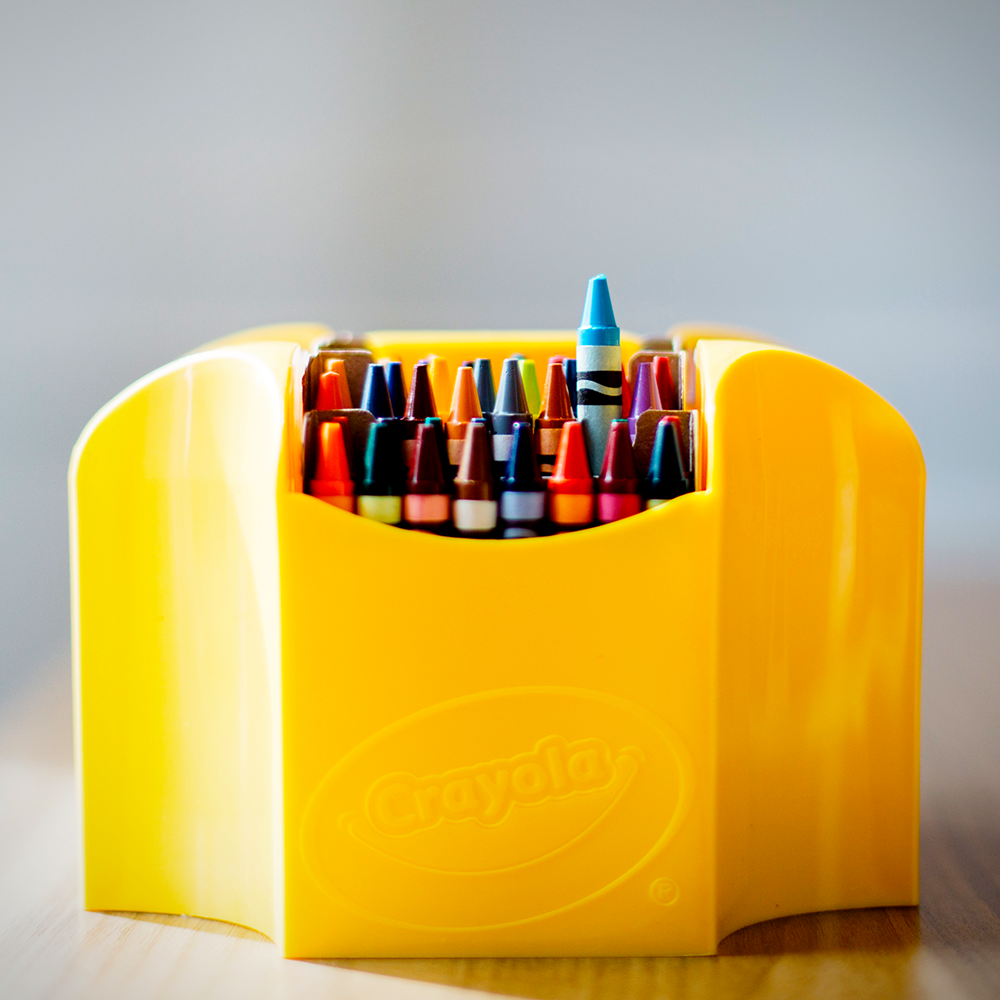
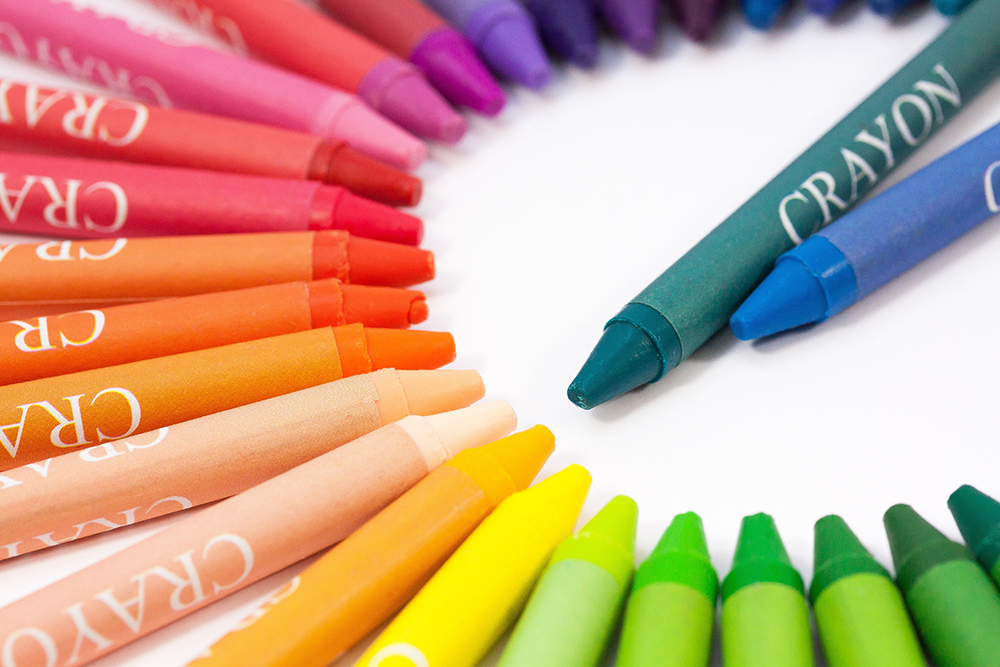
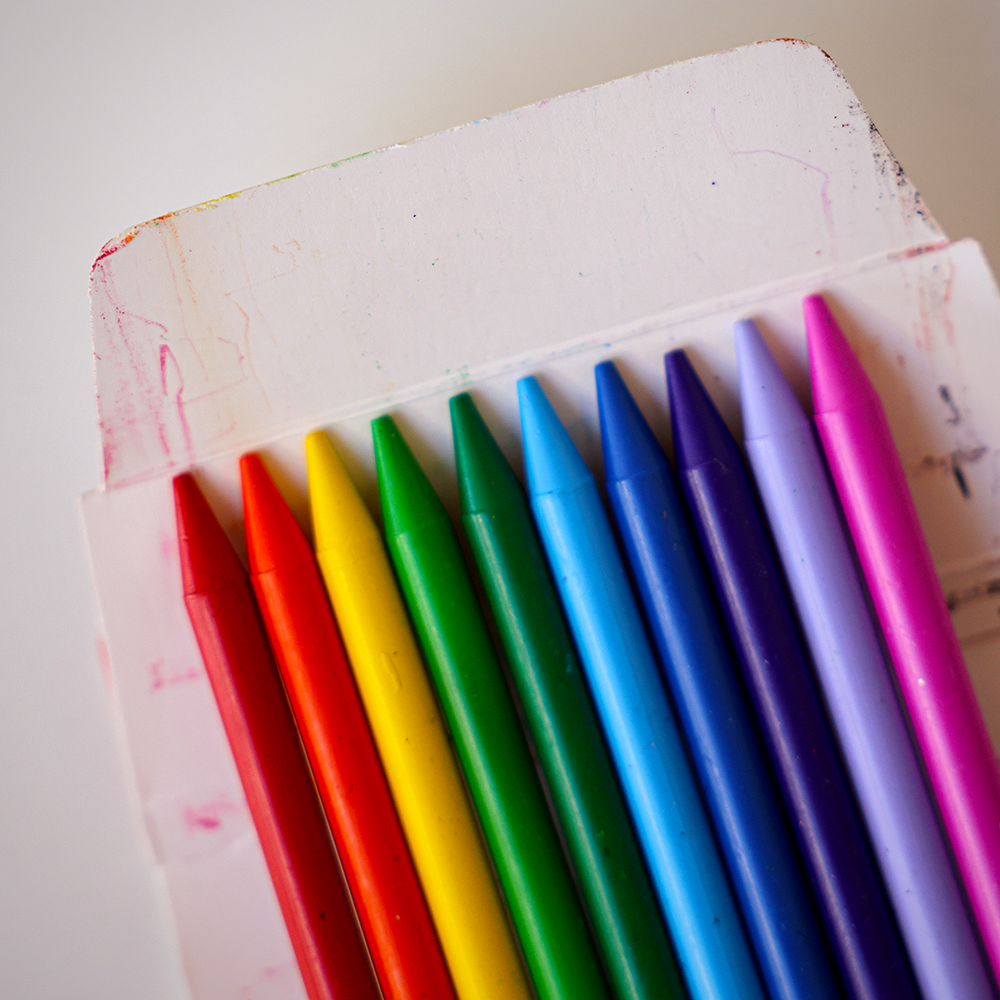
The Colorful World of Crayons
As we wrap up our exploration of the vibrant and whimsical world of crayons, it's clear that these simple tools are more than just sticks of wax and pigment.
They are the keys to unlocking creativity, the bridge between imagination and reality, and a staple in the development of artistic expression for people of all ages.
The harmonious marriage of paraffin wax and color pigments has stood the test of time, providing consistency and a rainbow of possibilities for every stroke on paper.
The dedication to innovation and eco-consciousness in crayon production is a testament to the enduring legacy of this humble art medium.
Crayons remind us that sometimes, the most extraordinary things come in the simplest packages, and the future of these colorful companions is as bright as the masterpieces they help create.
The crayon-making process is a blend of science and art, ensuring that the final products are safe, reliable, and capable of igniting the imagination.
As we look to the future, the evolution of crayon ingredients continues to focus on innovation and sustainability, promising an even brighter and more environmentally friendly chapter in the story of crayons!
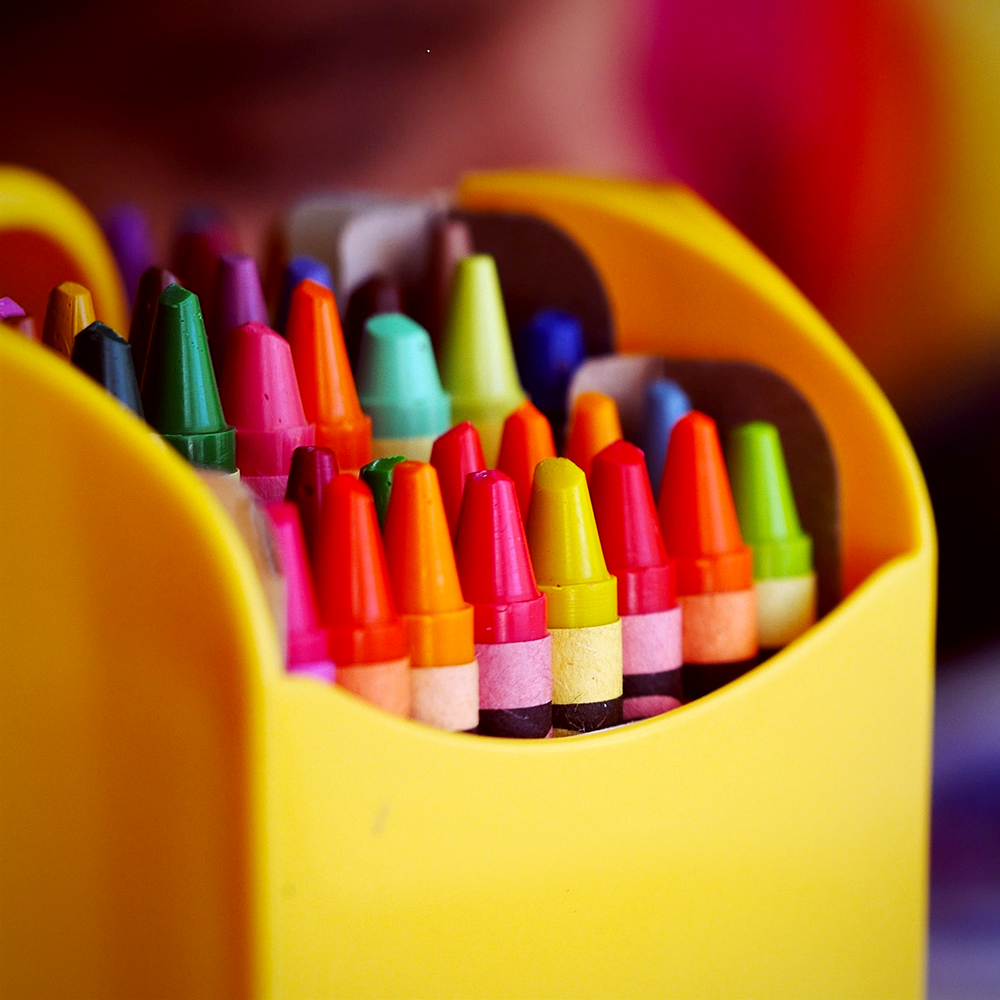
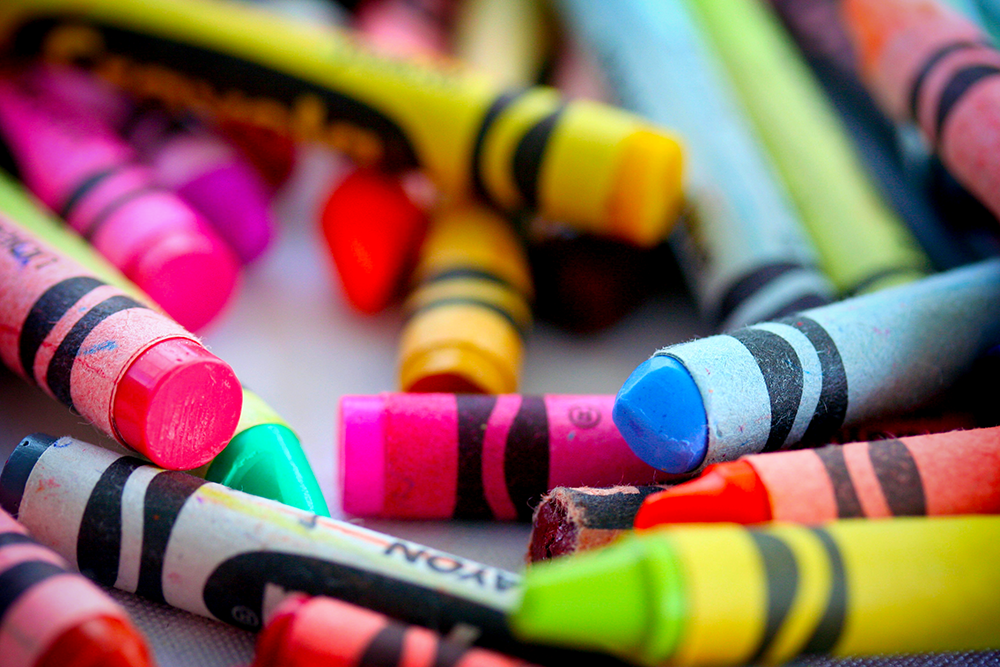
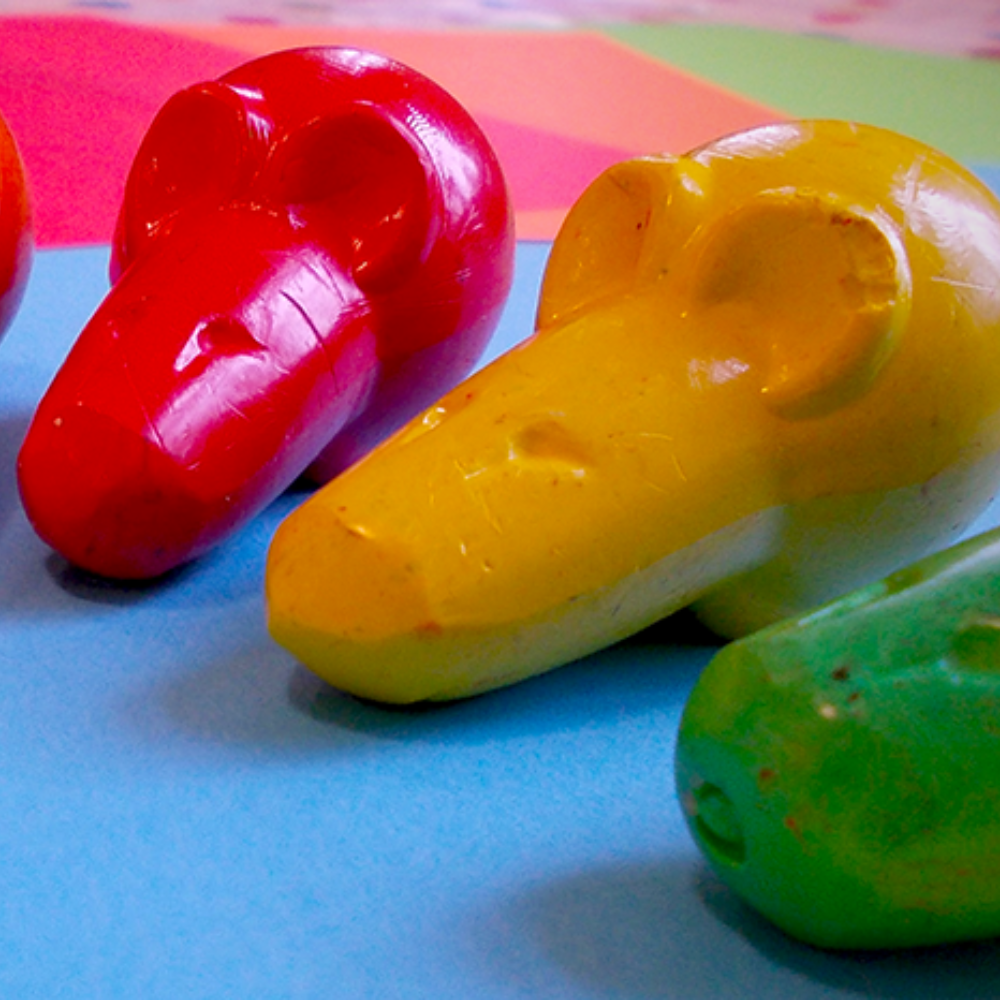
Crayon FAQs
Crayons are a staple in every child's creative arsenal, sparking imagination and bringing vibrant colors to life on paper.
But with their widespread use comes a host of questions from concerned parents and curious minds.
Whether you're a parent, educator, or crayon enthusiast, we're here to address your most pressing inquiries.
From safety concerns to the secrets behind those mesmerizing hues, we've got the answers to ensure that your coloring experience is both fun and informed.
Let's dive into the colorful world of crayons and uncover the facts that will help you choose the best options for artists.
Are crayons safe for small children to use?
Yes, crayons are generally safe for small children to use. Manufacturers like Crayola ensure that their crayons are made with non-toxic, food-grade materials. However, it's always best to supervise young children during use and to choose products specifically labeled as non-toxic.
Can crayons be made from materials other than paraffin wax?
Absolutely. Beeswax and soy wax are popular alternatives to paraffin wax, often used in eco-friendly and non-toxic crayon products. These natural waxes provide different properties and can be found in products at your local health food store.
How are crayon colors created?
Crayon colors are created by mixing color pigments with melted wax. The pigments are powdered substances that come from various sources, including mineral and organic origins. By blending different pigments in specific proportions, manufacturers can produce a wide range of crayon colors.
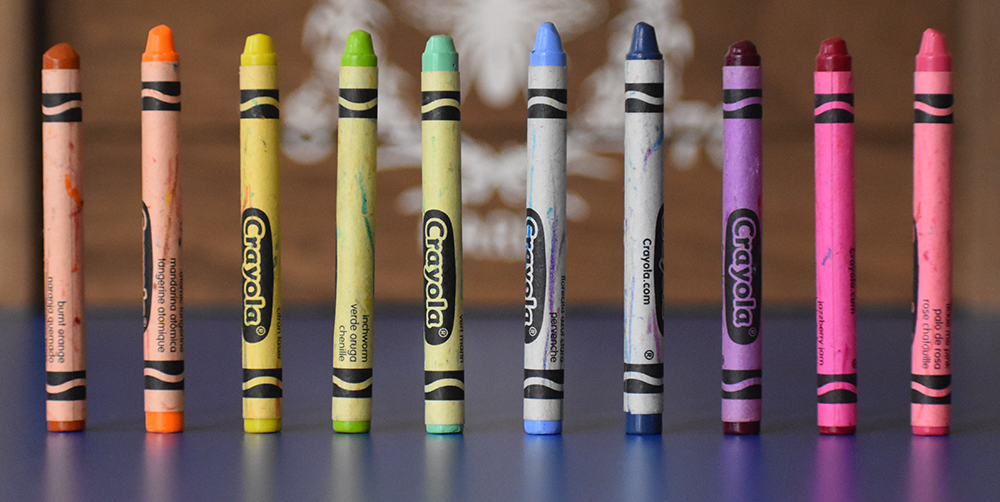

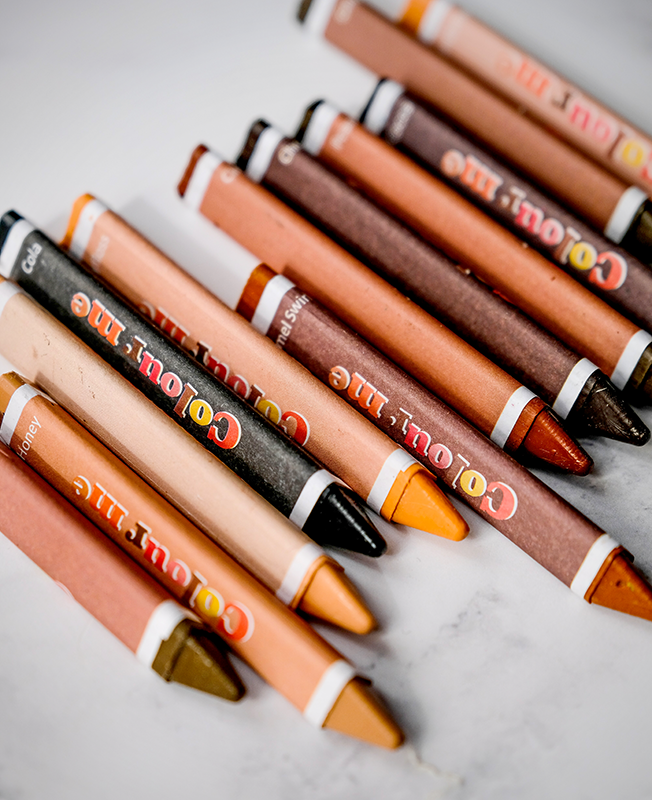
Eager to learn more about how crayons are made? Check out How It's Made's video!
Want even more content about creativity and art?
Be sure to check out all of our creative chronicles!
Love crayons?
Check out some of our other articles:
-How do you make easy crayons?
-What is the secret ingredient in crayons?
-What crayons do professionals use?
